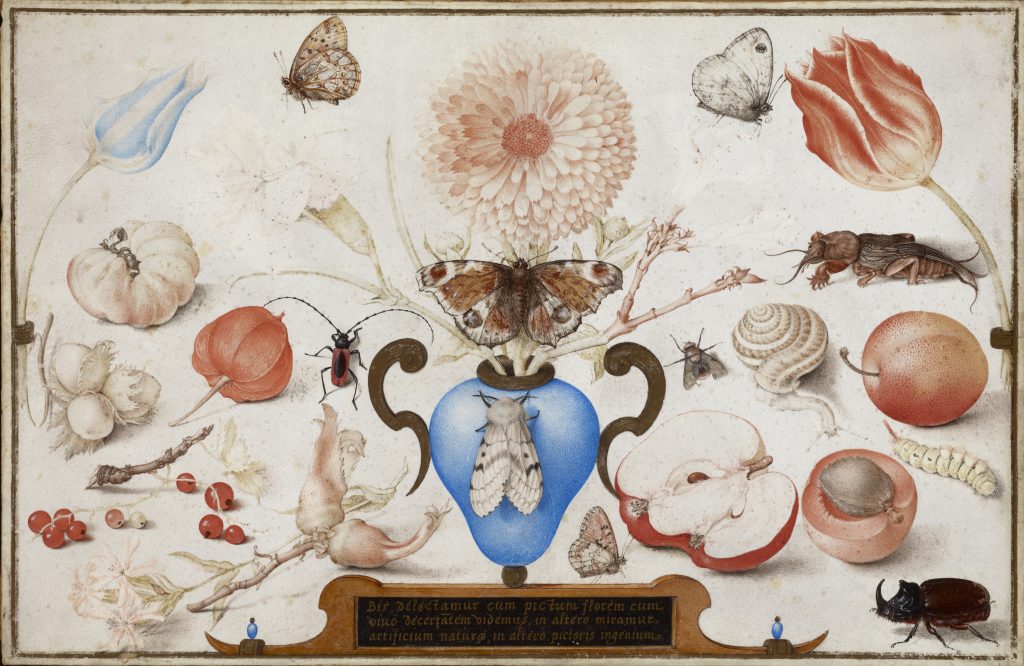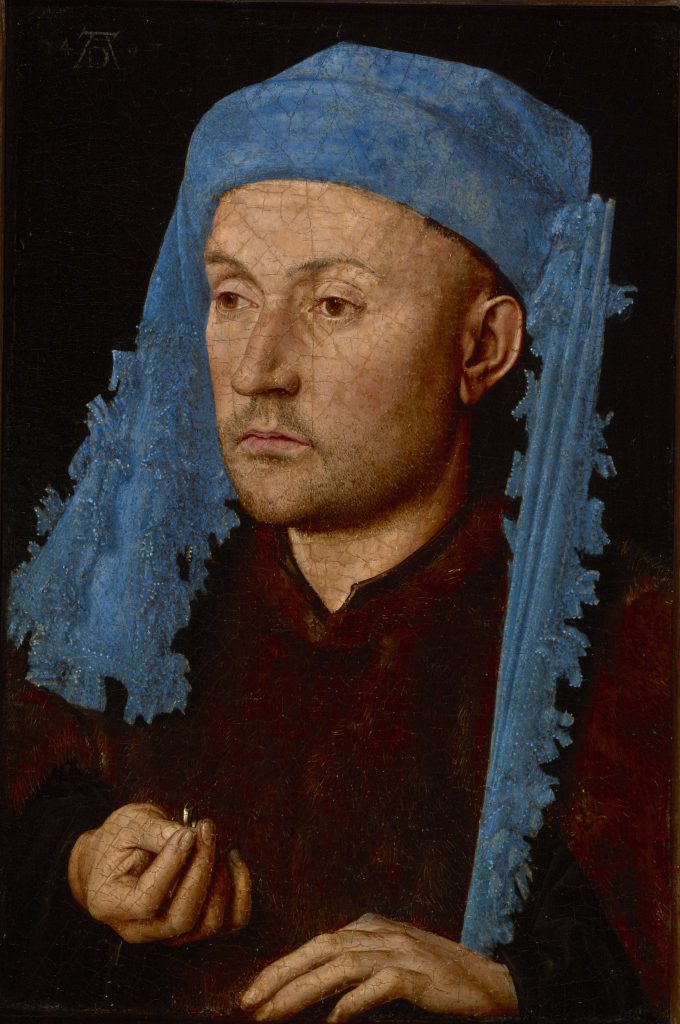Calm has returned to the North Brabant Museum in 's-Hertogenbosch. After more than 400,000 people saw the successful and widely acclaimed Hieronymus Bosch exhibition, the halls are now light and quiet again. No more opening hours from early morning to midnight. Just, peace and quiet. Although the mosaics by Jan Fabre hanging there now are disturbing.

Mosaic panels
2016 is Hieronymus Bosch year in 's-Hertogenbosch, which is why the museum still exudes the atmosphere of Hieronymus Bosch. Especially in the huge mosaic panels by Belgian artist Jan Fabre (1958). Hieronymus Bosch was a direct source of inspiration for him, when he created these large works between 2011 and 2013, of the jewel beetle's lids. In his homage to Hieronymus Bosch, he denounces atrocities in the Belgian colony of Congo.
It starts in the gallery that leads along the museum's courtyard to the galleries. Here are bird sculptures, which are a variation on the Garden of Delights. Here, Fabre has already incorporated the juxtaposed lids of the jewel beetle and placed stuffed birds above them. And then many more of these shiny green shields follow, in his mosaics. Light paintings are also called them. Because the shields of those beetles give off a bright green, shiny light. They are all stuck right next to each other, making them look like Jan Fabre's earlier artworks, when he filled huge sheets of paper with dashes of Bic pens. Now it is the shields that provide the iridescent effect.
Poison green
It looks shiny, intense green. Poison green. And that colour fits well with the horrors in the Belgian Congo that Fabre condemns. For example, he recreated a variation on a poster from Belgium, which lured people to the colony and promised them a paradisiacal life. He shows the Sunlight soap, which people in Africa made under harsh conditions and which made gold money in Belgium. And, of course, Hieronymus Bosch is ever-present. Images of the devil artist are frequently quoted. For instance, the pigs with sister hood, from the right panel of the Garden of Delights, appear in 'The pigs of faith' from 2011. And 'The guilt of fertility' also features two figures from that painting. So it goes on and on in the huge mosaic panels.
Baron
Until, via another room, you arrive at the 'Masterpieces from Romania, the other exhibition currently on show. Here, the link to Hieronymus Bosch is a bit further to seek. These are old masters from the Low Countries who are forerunners, contemporaries or imitators of Hieronymus Bosch. But Hieronymus Bosch is not quoted as literally as in Fabre's case.
The collection on display here was collected by Baron Samuel von Brukenthal (1721-1803). The exhibition opens with portraits of him, his wife and their infant daughter. Von Brukenthal believed that art and culture were important to society, so he donated his collection, which included many Flemish and Dutch masters, to the city of Sibiu. That once belonged to the Austro-Habsburg Empire and is now in the middle of Romania.

It is a collection of paintings by bigger and smaller masters. By Gillis d'Hondecoeter hang two beautiful, tranquil landscapes. By Joris Hoefnagel two extraordinary, delicately painted still lifes from 1597. And Pieter Brueghel the Younger painted a snowy landscape with the 'Infanticide at Bethlehem', which comes in hard.


The highlight of this exhibition is small but fine: 22.5 x 16.6 cm. It is a portrait by Jan van Eyck: 'Man with a blue turban', from around 1430. This is a refined portrait, to which the man's bright blue turban gives all the allure. Jan van Eyck painted the man with a look that is as subdued as it is enigmatic. The two portraits of Hans Memling hanging next to it are also refined feats of late medieval painting skill. And these three works alone, which have not been seen in the Netherlands for so long, are also well worth a return to 's-Hertogenbosch.
Jan Fabre: 'Tribute to Hieronymus Bosch'. Tm 18 September 2016 at the North Brabant Museum.
Van Eyck, Brueghel, Jordaens. Masterpieces from Romania. Tm 9 October at the North Brabant Museum.
As part of the Hieronymus Bosch 500, seven museums in North Brabant are taking part in the Bosch Grand Tour. There, all kinds of exhibitions inspired by Hieronymus Bosch can be seen. See www.bosch500.nl
